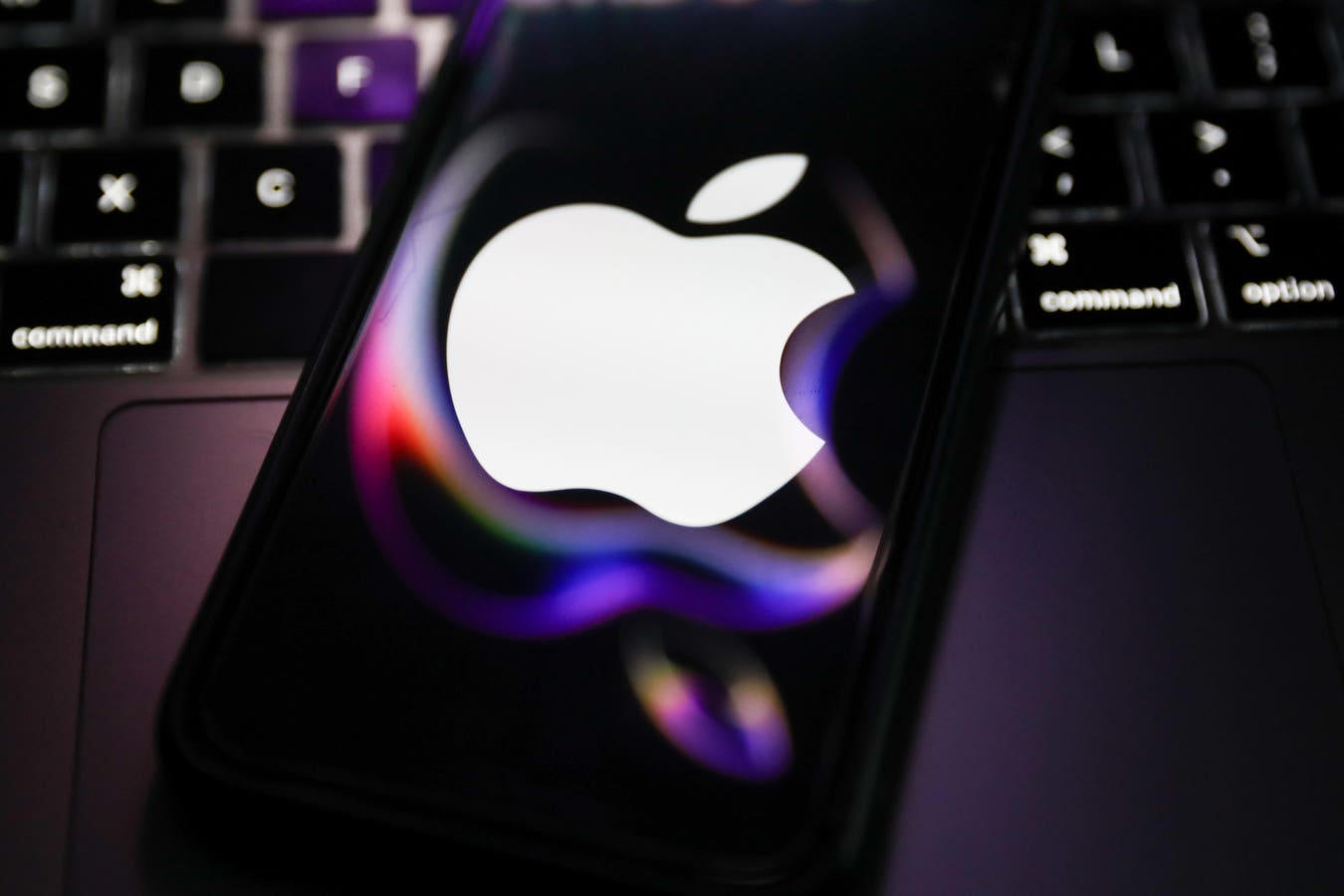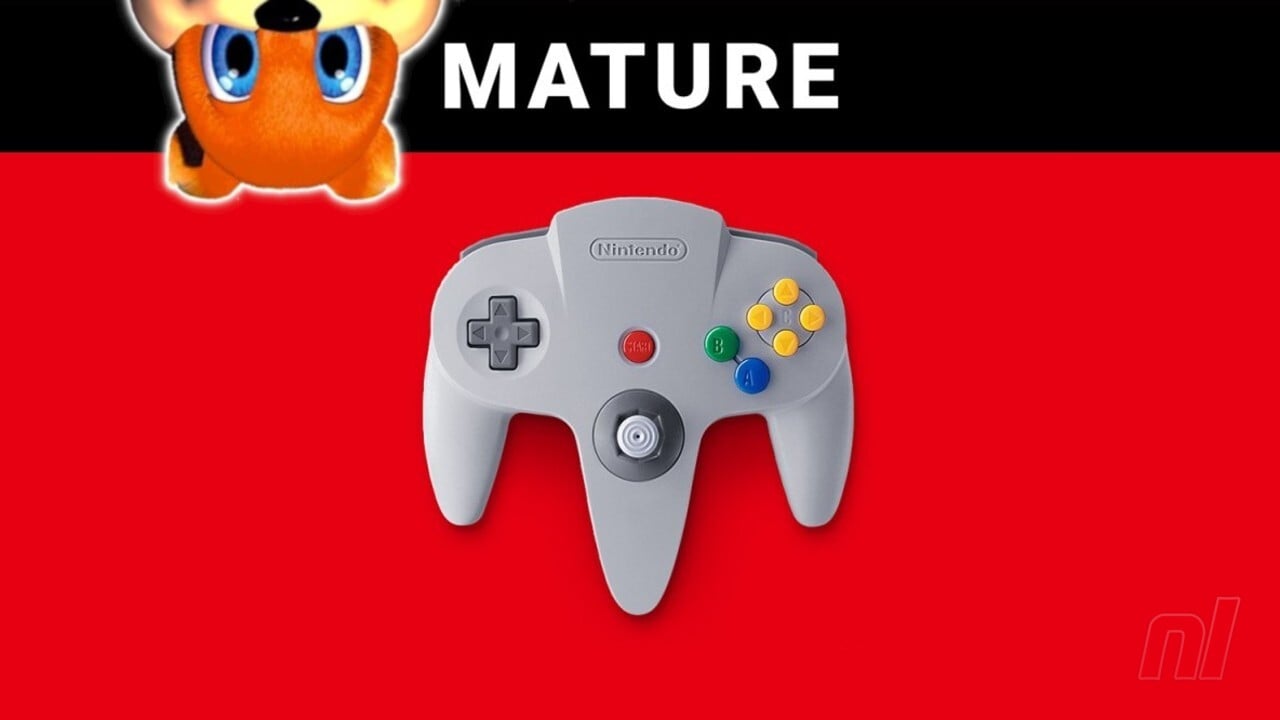iPhone 16 design leaks, new M4 MacBook Pro, Apple’s open source AI

Updated on June 22 with details on the availability of Apple Intelligence in the EU.
Taking a look at this week’s news and headlines from Apple, including the latest iPhone 16 leaks, limiting iPhone AI, a new MacBook Pro for Christmas, Apple’s open source AI, when Siri will get Apple Intelligence, an iPhone AI supercycle, and what happened to Apple’s i?
The Apple Loop is here to remind you of some of the many discussions surrounding Apple in the past seven days. You can also read my weekly roundup of Android news here on Forbes.
iPhone 16 case details
A number of iPhone 16 cases on display this week have been spotted this week. They may not show the internals of the next-gen iPhones, but it gives us more possible information on the camera and its use along with Apple’s plans for spatial computing:
“The photos once again point to a subtle redesign for the iPhone 16, with two vertically aligned camera lenses. One theory suggests that this arrangement is to accommodate the spatial video recording capabilities of Apple’s Vision Pro mixed reality headset, even in basic models. For optimal spatial capture, the lenses should be aligned horizontally, mimicking the position of the human eyes.”
(TechNetbooks).
A laptop keyboard and Apple logo (Photo by Jakub Porzycki/NurPhoto via Getty Images)
Limitations of iPhone AI
Apple has confirmed that of the current iPhones, only the iPhone 15 Pro and 15 Pro Max will support Apple Intelligence AI. This is due to a mix of memory, processor and bandwidth on the board, as Apple’s John Giannandrea explained on a recent Talk Show podcast:
“So these models, when you execute them at runtime, it’s called inference, and the inference of large language models is computationally very expensive. And so it’s a combination of the bandwidth on the device, it’s the size of the engine nervous Apple, is the oomph in the hardware to make these models fast enough to be useful.
(Forbes).
M4 MacBook Pro Before Christmas
Apple took the surprising step of debuting the latest M4 silicon in the iPad Pro, rather than every Mac. At some point, the macOS family will see the arrival of the M4, and it will likely be the MacBook Pro that will be first in line:
“The entry-level 14-inch MacBook Pro is expected to get an M4 chip, while the 14-inch and 16-inch MacBook Pro models will be updated with M4 Pro and M4 Max chips. The Mac mini will get M4 and M4 Pro chips MacBook Air models, Mac The Studio and Mac Pro won’t be updated with M4 chips until 2025, and it’s not yet clear when the iMac might see an update with the refreshed chip technology.
(MacRumors).
Apple’s efforts with open source AI
Although Apple has yet to ship any of its Apple AI software to the public, some of its AI effort is available. Hugging Face is an open source online service that shares machine learning models and datasets. Apple has uploaded 20 more models to the service, adding to the models uploaded earlier this year:
“Apple has taken an important step in its efforts to empower developers with the most advanced AI capabilities on devices. The tech giant recently released 20 new Core ML models and 4 Hugging Face datasets, a the leading community platform for sharing AI models and code.
(Venture Beat).
Artificial intelligence will be late to the iPhone party
What about going public with Apple Intelligence? This will take longer than expected. While iOS 18 will ship with the iPhone 16 and 16 Pro in September, with a later release for older iPhones, Apple Intelligence may not arrive until early 2025:
“Siri in iOS 18 will still have some ‘new bells and whistles’ in September, including a new interface that shines a light around the edge of the screen…[but] we’ll have to wait until next year to see Apple’s most significant improvements to Siri. An iOS 18 update in 2025 should bring the following improvements to Apple’s virtual assistant:
(MacRumors).
Photo illustration of Apple Intelligence (Photo by Hakan Nural/Anadolu via Getty Images)
Update June 22: details on the availability of Apple Intelligence in the EU.
Apple’s intelligence may not be sent to the EU
Speaking to the Financial Times this weekend, an Apple spokesperson explained why Apple Intelligence will not be fully published in the EU. It’s about DMA interactions with iOS and iPadOS. There’s no clear indication whether Apple Intelligence satisfied regulators or whether it would lead to further investigations. Most importantly, this will not be determined before a release. Given the exposure to a significant fine, Apple has refused to take the risk at this time:
“Due to regulatory uncertainties caused by the Digital Marketplace Act,” Apple said Friday, “we do not believe we will be able to roll out three of these features — iPhone Mirroring, SharePlay screen sharing enhancements, and Intelligence Apple – for our EU users this year.”
(Financial Times).
An AI dreams of a superbike
With the launch of AI for the iPhone (no matter when it comes), there is an expectation that Apple will sell a lot of AI-capable iPhones. With very little backwards compatibility, will this cause a “super-cycle” of iPhone sales? Analysts at Wedbush believe it will:
“…as Apple’s AI strategy is launched, it will catalyze a much-anticipated super cycle in Cupertino with 270 million iPhones out of 1.5 billion worldwide in the gold installed base not upgrading their smartphones to more than 4 years, based on our estimates,:
(9to5Mac).
And finally…
Once upon a time, everything started with “i”. Now, product names all start with “Apple”. What’s going on with this? Of course, there’s a new discussion on Reddit about Apple’s branding this week, which has many theories as to why, including this one:
“Using Apple in the name is a marketing ploy to ensure brand recognition. Acura in the 90s found out the hard way when they started naming their cars like Legend and Integra and no one knew who made them . Renaming their cars to RDX, MDX, etc. forced people to put ‘Acura’ back into the conversation, I think Apple does too.”
(Medium via Reddit).
Apple Loop brings you seven days worth of highlights every weekend here at Forbes. Don’t forget to follow me so you don’t miss any future coverage. Last week’s Apple Loop can be read here, or this week’s edition of the Loop’s sister column, Android Circuit, is also available on Forbes.





